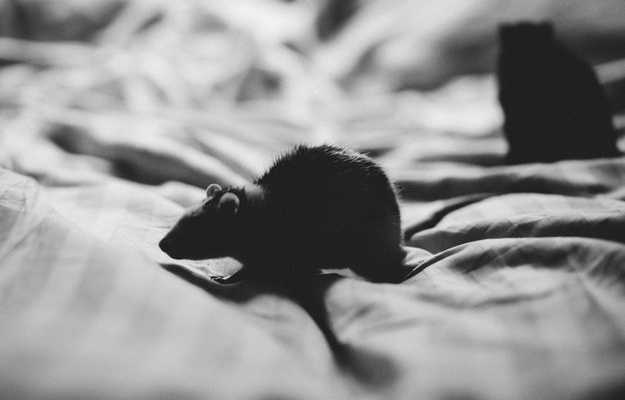Black Death refers to a disease outbreak in Europe and parts of North Africa in the 14th century. Over four years from 1347-51, this outbreak is said to have killed between 75 million and 200 million people.
Bubonic plague, said to be responsible for the Black Death, is the most common of three types of plague. It gets its name from the buboes or inflamed and painful lymph nodes that are a characteristic sign of bubonic plague (interestingly the word bubo comes from the Greek word for groin; the most common site for the appearance of the first bubo in patients). The other symptoms of bubonic plague include fever, chills, muscle pain, headaches, nausea and vomiting.
Bubonic plague is one of three types of plague—the other two are septicaemic plague and pneumonic plague. Bubonic plague affects the lymphatic system, septicaemic plague occurs when the plague bacteria enter the bloodstream and pneumonic plague occurs when the bacteria infect the lungs. Bubonic plague is the most common of the three and the least deadly.
The bacteria that causes plague is called Yersinia pestis after Alexandre Yersin, the scientist who first identified and described the bacteria in 1894. In the mid-1900s, scientists finally found a way to treat the plague with antibiotics. Today the condition is treatable, provided it is diagnosed in time. Diagnosis of bubonic plague may be done by physical examination and tests such as a blood test and testing the fluid from a bubo.
India saw a massive outbreak of bubonic plague in 1855/57; the disease is said to have claimed 10 million lives at the time. In 1994, an outbreak of bubonic and pneumonic plague across Maharashtra, Gujarat, Delhi, Karnataka, Uttar Pradesh and Madhya Pradesh reportedly caused 56 deaths in less than two months. A committee found that the 1993 Latur earthquake and flooding in Surat were the precipitating events for the outbreak.
To understand this link between a plague, an earthquake and a flood, it is necessary to know how plague spreads, the difference between bubonic and pneumonic plague and their connection to each other. Read on for more:







































